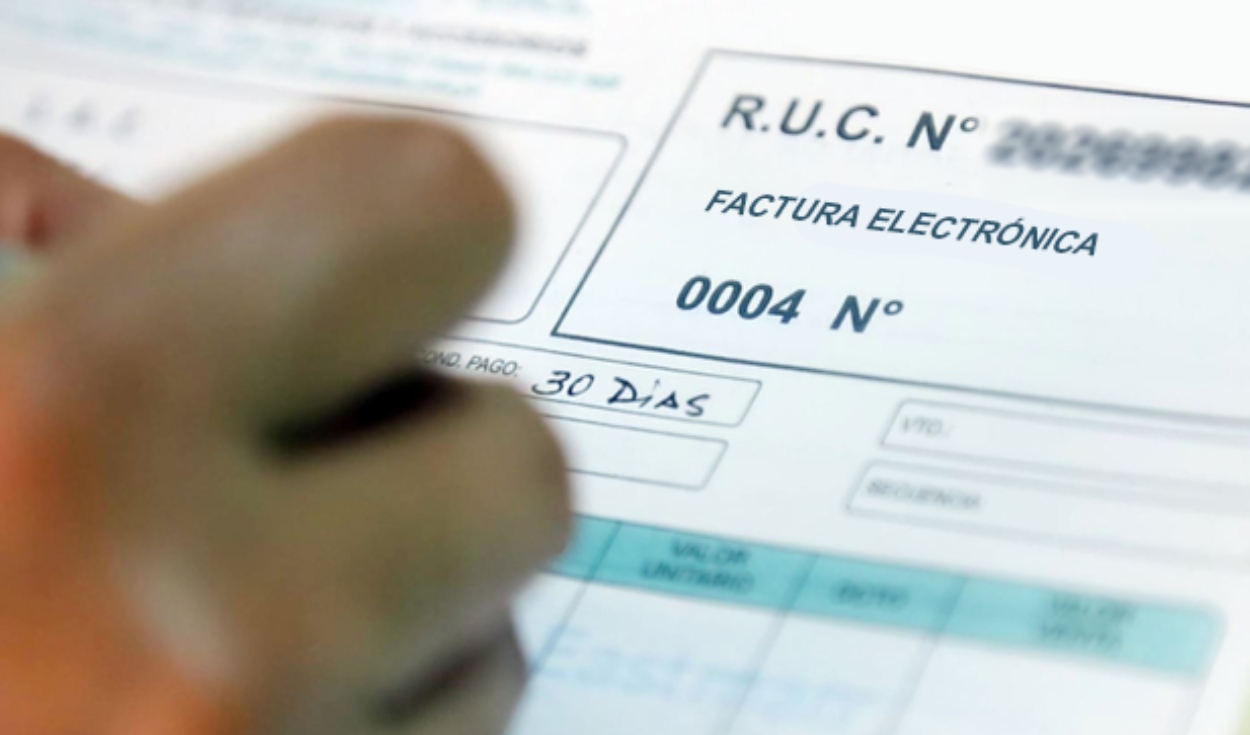
Factoring will record a record year in 2023. Jorge Bustamante, director of Financial Instruments at Produce, reported that companies that use this financial tool will record more than S/35,000 million in negotiated amounts at the end of the current fiscal year.
At the III National Factoring Congress, organized by the Peruvian Factoring Association (Apefac), Bustamante stressed that the transition from small and micro companies to medium and large ones is “tortuous”, so tools such as factoring are intended to safeguard this “weak business fabric”, which represents the disappearance of 30% of SMEs after one year of formation, and 90% after three years.
“Our concern is that, through this instrument, where financing tools are sometimes complicated, positive support can be provided,” the official said.
According to figures from Produce, since its implementation in 2015, the number of invoices negotiated under this instrument has registered an average annual growth of 187% until 2022; while, in the last two years the average has been 50%.
“In terms of quantity (number of invoices), we have had more than 3.7 million invoices negotiated. In average amount, since 2015 it has grown 1.6 times each year, and in terms of amounts negotiated, it reaches more of S/100 million,” he stressed.
Bustamante explained that, in number of invoices negotiatedan interannual growth of 26.7% has been recorded so far in 2023. Regarding the negotiated amountsS/26,988 million have been reached in the first nine months of the year (S/3,530 million in September alone).
“As of October, we already have more than S/30,000 million. The final expectation of the year is more than S/35,000 million,” said the official. It should be noted that, according to Produce estimates at the beginning of 2023, the year would close at just over S/32,000 million.
MEF: Crecer Fund will serve to consolidate debts
For his part, the director of the Financial System and Capital Markets of the MEF, Oscar Orconstated that the new version of the Crecer Fund – whose operation is currently strengthened by the factoring industry – will be launched as soon as possible to, among other measures, allow the debt consolidation of MSMEs.
In this sense, he explained that factoring has become a powerful “formalization mechanism”, because by having to resort to an invoice, it is achieved that “all companies are going through the economic circuit that they should be.”
“We have reorganized the regulations so that the Crecer Fund is governed by parameters of the financial system [..] It is much easier and more efficient for financial agents to catalog not by sales, like the traditional mechanism, but by borrowing capacity,” said Orcón.
Originally the Crecer Fund was expressly focused on fixed assets and working capital. With the new modification, Orcón explained, MEF includes credit operations that may be required by MSMEs, which have been harmed by the financial exclusion generated by the Usury Law.
This includes debt consolidation, something that is “extremely important at times when the economy has low growth and one of the needs is probably not always to improve installed capacity, but to improve future flows through leverage.”
“With Law 31912 there will be a new modification of the supreme decree that regulates the Crecer Fund. What has been discussed between Fonafe, MEF and the industry is that the Crecer coverage fund has to start as soon as possible,” he said.
“We do not ignore the importance of the level of sales, because, in fact, there is an SBS regulation that incorporates these criteria, but we consider that this is the path that should be followed […] It is true that the Crecer Fund not only serves factoring and coverage of credit lines, but that is the signal that we precisely want to give from the Executive,” stated the MEF representative.
Source: Larepublica
Alia is a professional author and journalist, working at 247 news agency. She writes on various topics from economy news to general interest pieces, providing readers with relevant and informative content. With years of experience, she brings a unique perspective and in-depth analysis to her work.












